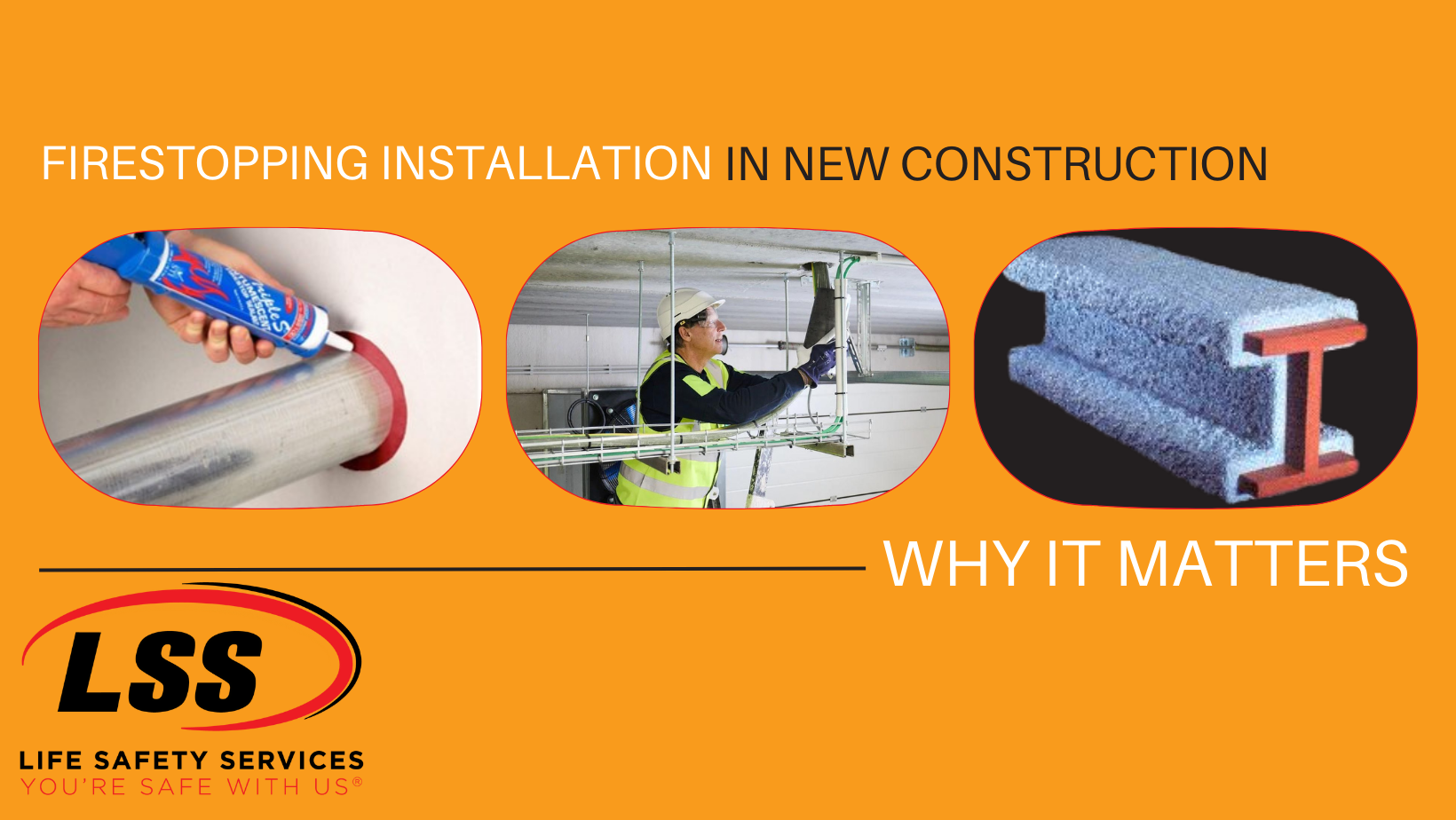
Firestop installation is an essential part of new construction, and it should never be overlooked or taken lightly. A firestop is a passive fire protection system designed to prevent the spread of fire and smoke by sealing the gaps and openings between walls, floors, and ceilings. Firestop installation is crucial to ensuring the safety of occupants and the protection of property in the event of a fire.
- Prevents the spread of fire
The primary purpose of firestop installation is to prevent the spread of fire and smoke between different compartments of the building. When there is a fire, it can quickly spread through gaps and openings in the building's construction, such as wall joints, floor penetrations, and cable and pipe penetrations. Firestop materials are designed to seal these openings and prevent the spread of fire and smoke, which gives people more time to evacuate and firefighters more time to contain the fire.
- Complies with building codes and regulations
Firestop installation is a requirement under building codes and regulations. Building codes and regulations are in place to ensure the safety of occupants and to protect property from damage. Failure to comply with these codes and regulations can result in fines, legal liability, and damage to the building's reputation.
Model Building Codes That Require Firestopping in New Construction:
- Uniform Building Code (ICBO)
- Standard Building Code (SBCCI)
- National Building Code (BOCA)
- Life Safety Code (NFPA 101)
- National Electrical Code (NFPA 70)
- NFPA 5000 (NFPA Building Code)
- Enhances the structural integrity of the building
Firestop installation can also enhance the structural integrity of the building. When there is a fire, the heat can weaken the structural components of the building, such as the steel beams and concrete walls. Firestop materials can help prevent the spread of fire and smoke, which can help to minimize the damage to the building's structure.
- Reduces insurance premiums
Many insurance companies offer discounts on insurance premiums for buildings with firestop installations. Firestop installations can reduce the risk of fire damage and minimize the severity of damage in the event of a fire. Insurance companies recognize the importance of firestop installations and offer incentives for building owners who invest in this important safety feature.
Life Safety Services® is FM Certified with DRI Certified managers on staff. Our installers are OSHA 10 trained, STI FIT Level Certified, and have extensive installation experience with STI, 3M, and HILTI systems. Our customer base consists of more than 1,500 healthcare facilities, Fortune 500 companies, and all types of building occupancies. With this in mind, our experience makes us an industry leader in firestop and installation. Learn more about Life Safety Services® Firestopping certifications and services!

